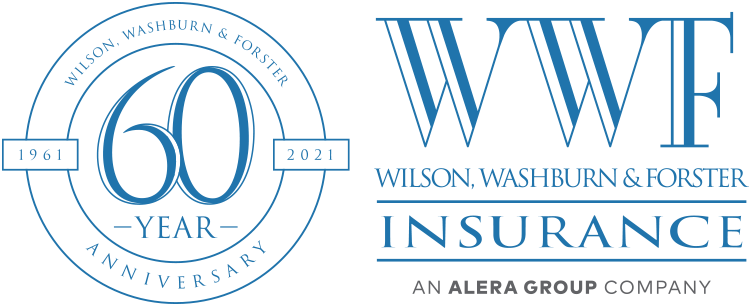Preventing workplace injuries can be challenging during the best of times. With employers now reeling from record-breaking turnover and onboarding a new crop of inexperienced employees every month, diligent workers’ compensation risk management is essential.
According to Bureau of Labor Statistics (BLS) data reported by Wallet Hub, 3.1% (one out of every 33) working Floridians quit their jobs each month over the past year.
What does that have to do with workers’ compensation risk? Quite a lot.
How Turnover Affects Accident Rates
As you might guess, workers are more likely to experience accidents or injury within the first weeks and months on the job.
Data from the U.S. Bureau of Labor Statistics (BLS) found that in 2020, 28% of all occupational injuries requiring at least one day off work involved employees with the company for 11 months or less; a third of those had not yet been there for 90 days.
Even more telling, 9% of all workplace incidents in 2020 that resulted in 31 or more days off work involved employees on the job for less than 90 days.
Workplace Injuries Cost More Than You Think
According to the National Safety Council (NSC), more than 150,000 workers were injured on the job nationwide in 2020, resulting in four million injuries.
Workplace injuries have a major impact on a company’s bottom line. According to OSHA, the indirect effects of a workplace injury can cost 4.5X more than the direct costs.
| Examples of direct costs | Examples of indirect costs |
|
|
Taking Control of Workplace Risk
Although the COVID pandemic and The Great Resignation have combined to increase workplace injury and illness risks, methods for mitigating claims haven’t changed – they’ve just become more critical.
- Regular employee training on workplace safety remains primary to minimizing accidents and injuries and controlling costs, according to AmTrust Financial. Controlling the frequency and severity of claims usually leads to better workers’ compensation premiums – not to mention injury-related costs (direct and indirect).
- Implementing a workplace safety program can, in some cases, result in work comp premium discounts. This should include written policies and rules, preventive maintenance, regular inspections, first aid training, accident investigation, and thorough recordkeeping.
- Effective risk management requires commitment from company leadership as well as employees. All must participate in safety planning and training. Safety committees should meet regularly and include representatives from all levels and departments.
- Safety rules must be enforced. They should be an integral part of daily operations, not something that only gets mentioned to new employees. A specific person should be accountable for implementation and enforcement.
- Managers and supervisors must be thoroughly trained in post-accident procedures. Of primary concern is getting appropriate medical treatment for the injured worker. There is also notification to the insurance carrier, an investigation into what happened, and other recordkeeping and reporting tasks that must promptly occur.
In Summary
Changing attitudes toward work are among the many effects of the COVID pandemic. Beginning in early 2021, one out of every 33 Florida employees quit their jobs. Some of them may be your new employees.
Since many on-the-job accidents occur among new and untrained workers, this unprecedented turnover can dramatically increase workers’ compensation claim risk.
Developing a workplace safety program, immediate and continuous employee training, and enforcing safety rules remain some of the most important things a company can do to take control of its workers’ compensation risk.
Need Guidance?
Wilson, Washburn & Forster is a boutique independent insurance agency that has been in business since 1961. We have expertise and connections in workers’ compensation insurance and workplace safety and risk management. You will find that our experience, claims handling, service, and community commitment is unrivaled.
Contact us today at 786-454-8384 for a complimentary analysis of your current insurance program by an insurance specialist in this field.








Leave a Reply